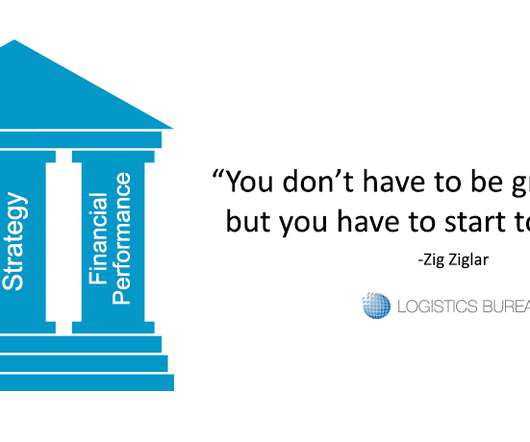The 3 Pillars of Supply Chain Management (And Why Their Alignment Matters)
Logistics Bureau
MAY 30, 2022
Of course, the aim should always be to serve customers proactively, and that’s where the third element of service alignment—planning—comes to the fore. To align the financial pillar of supply chain excellence, you and your team should focus on costs and financial performance in four key areas, namely: Distribution network costs.













Let's personalize your content